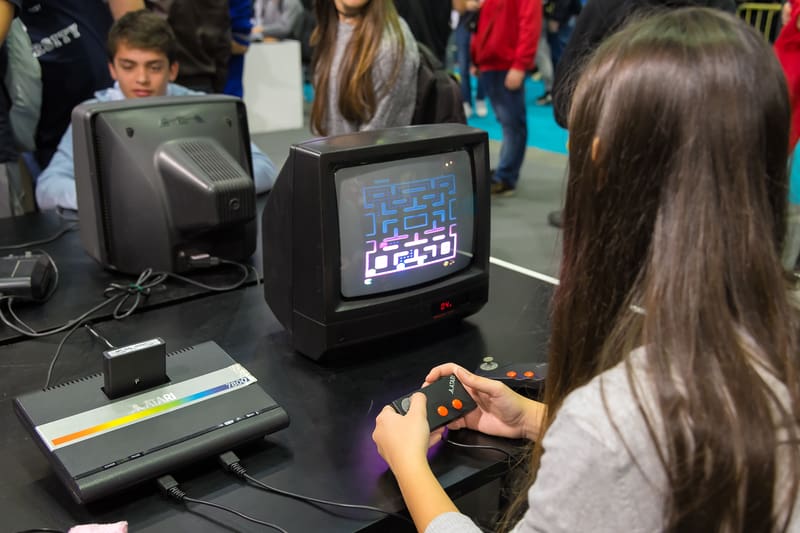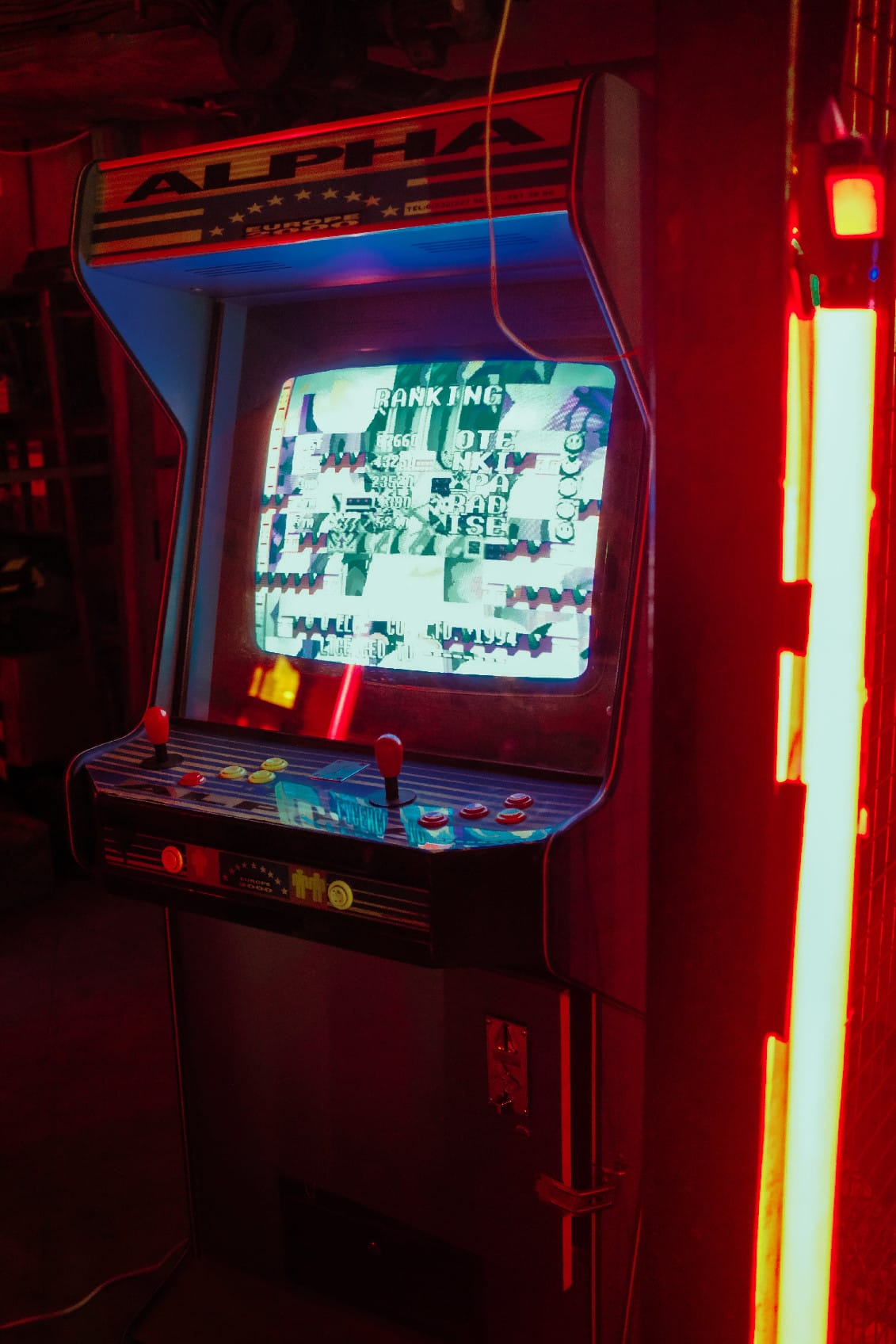
Arcade Franchises That Successfully Evolved for the Modern Era (and Those That Didn’t)
Evolution is a key aspect of game design. Consumers have high expectations for their favourite franchises and publishers who fail to continuously innovate fall by
Early Arcade History 1971
In the early 1970s video games were at the beginning of their development and were computer-based games that were not widely used. Even though it would be some time before video games entered the “Golden Age” important events began to make headlines in 1971. The reason for this was the release of two arcade machines, ‘ComputerSpace’ and the ‘Galaxy Game’.
Computer Space
Computer Space is considered the first arcade machine ever invented in 1971 by Nolan Bushnell and Ted Dabney (under Syzygy Engineering) in 1971. It is regarded as the first commercially-produced video game. Its creators later co-founded Atari in the year 1972. The game’s gameplay involves players controlling a rocket which is fighting two flying saucers. Bushnell and Dabney created it as a coin-operated game Spacewar(1962). The machine was initially designed to be wood cabinets, however the cabinet was eventually determined to be constructed from fibreglass and bent for an innovative design.
There were a number of early design flaws throughout Computer Space, as Bushnell and Dabney faced a myriad of problems with the design of the device. After months of intense work, they realized that instead of programming the game using computer the most effective method to create the game was to develop specific hardware ensure that the game played exactly as it was intended to.
Initially 1500 units were purchased for release in November of 1971 The production company, Nutting, expected an positive reception for the game. But by the spring of 1972, the game had already sold 1,000 units. Nutting was dissatisfied over the performance of The Computer Space, however, after netting $1,000,000 in sales, Nutting was able fund the development of a two-player version of the game.
Galaxy Games
In the same year of the creation of Computer Space, another two young entrepreneurs (Bill Pitts and Hugh Tuck) had the similar idea of converting Spacewar into the coin-operated device. The machine utilized an operational system to play the game, and it also had the ability to run multiple games across four monitors. Since this game was created following the Computer Space it is the second video game in which you pay players per game.
The first prototype for The Galaxy Games machine was built at a cost of $20,000 and was created as an Digital Equipment Corporation PDP-11 minicomputer that was attached to a wooden case which contained a display as well as seats, controls and a monitor.
The game was priced at 10 cents for each game, and 25 cents for three rounds the winner of the game being rewarded with a free game. The game was designed for two players. The players fight using two spaceships that were monochrome (the needle and the Wedge) and an axis of gravitational force that was that is centered around one of the stars in central.
The prototype was put inside the Student Union at Stanford University in which it proved to be very effective and was getting much attention. The second prototype was designed by Pitts and Tuck and placed in the cafe of the student union wasn’t used to the fullest extent, since because of the limited space, only two of the four were utilized.
Unfortunately, by the time Pitts and Tuck had completed the second prototype, only $65,000 was invested in the project. Pitts and Tuck did not have a way of paying for the expense with only the income from the machine or the capacity to manufacture the machine to sell on a market. The two prototypes are housed at the Computer History Museum in California and are available to play with.

Evolution is a key aspect of game design. Consumers have high expectations for their favourite franchises and publishers who fail to continuously innovate fall by

The Arcade is widely recognised as the birthplace of some of gaming’s most iconic titles. Without the simplistic 8-bit graphics of the 1970s, we would

Whether you’re a hardcore gamer, or someone with more of a casual interest; it’s no secret that gaming as a medium has changed a great

Games such as Pac Man & Space Invaders were first created in the 70s & 80s and video games were born. People of all ages

Many gaming companies such as Nintendo and Sega, have developed famous characters within their games, these characters make the game stand out and increase their

What is Atari? Atari was established in 1972 by Nolan Bushell and Ted Dabney. They became the most iconic figures in the Arcade gaming industry,

Evolution is a key aspect of game design. Consumers have high expectations for their favourite franchises and publishers who fail to continuously innovate fall by

The Arcade is widely recognised as the birthplace of some of gaming’s most iconic titles. Without the simplistic 8-bit graphics of the 1970s, we would

Whether you’re a hardcore gamer, or someone with more of a casual interest; it’s no secret that gaming as a medium has changed a great

There was a time when arcade machines dominated the gaming space – arcades were found around every corner and were packed with people of all

Evolution is a key aspect of game design. Consumers have high expectations for their favourite franchises and publishers who fail to continuously innovate fall by

The Arcade is widely recognised as the birthplace of some of gaming’s most iconic titles. Without the simplistic 8-bit graphics of the 1970s, we would

Everyone knows the arcade classics – Street Fighter, Pac-Man, Donkey Kong, etc. These are the games that moulded a generation of gamers and are still

For the dedicated retro gamers and arcade enthusiasts, there’s nothing quite like the tactile experience of handling a vintage arcade machine. The clack of the